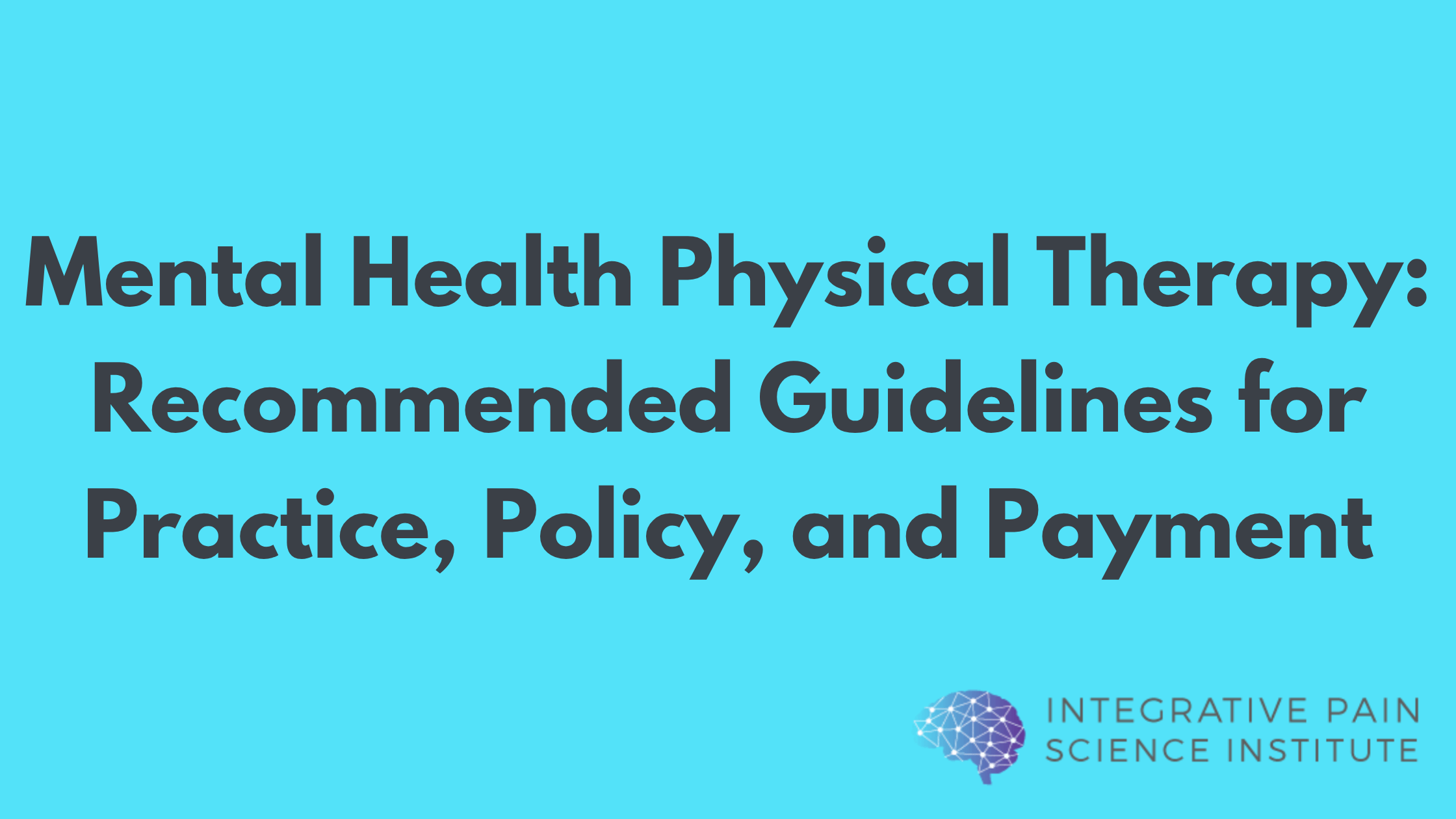A patient who was overwhelmed with a number of health issues, including blood pressure and diabetes, recently asked me where he should start. What should he focus on first?
He was actually relieved when I told him to focus on what could be the single biggest predictor of health and disease. I explained that no special blood work or fancy expensive imaging studies were needed. It can be seen with the naked eye, by anyone, without a single lab test: waist size.
That’s right – belly fat. A high waist-to-hip ratio often described as an “apple shape”, is the most powerful risk factor for chronic disease and death – even if your weight is considered normal!
To measure your waist-to-hip ratio, do the following:
- Wrap a tape measure around the smallest part of your waist, which is usually just above your belly button, and write down the measurement.
- Wrap the tape measure around the widest part of your hips, and write down the measurement.
- Divide the waist measurement by the hip measurement. This is your waist-to-hip ratio.
In men, an at-risk waist-to-hip ratio is 0.95 or greater. In women, the ratio is 0.86 or greater.
Waist circumference (which doesn’t account for hip measurement) can also be used. To measure your waist circumference:
- Simply wrap a tape measure around the smallest part of your waist, usually right above your belly button. This is your waist circumference.
“Abdominal obesity is defined as 35 inches or more for women and 40 inches or more for men.”
An elevated waist circumference (or waist-to-hip ratio) puts you at risk for:
- Cardiovascular disease
- Metabolic syndrome
- Cancer
- Type 2 Diabetes
- Chronic Pain Syndromes
- Hormonal imbalances – including insulin resistance
- Osteoarthritis
- Endocrine disorders such as thyroid disease
Waistline and Chronic Disease
A whopping 54% of American adults are considered to be abdominally obese – meaning they have an at-risk waist circumference. This factor alone puts them at higher risk for chronic disease and death.
In the Nurses’ Health Study, which followed 44,636 women over a 16 year period, the women with the highest waist size had nearly double the risk of dying from heart disease, cancer, and other causes compared to those with the smallest waist size. That applied even to those who had a normal BMI.
You see, it’s the distribution of the weight on the body that matters – much more than BMI.
In fact, waist circumference is one of the five risk factors for Metabolic Syndrome (along with high triglycerides, low HDL, high blood pressure, and high fasting blood sugar). Metabolic syndrome makes you twice as likely to develop heart disease, and five times as likely to develop type 2 diabetes.
How to shed inches from your waistline
I know these statistics can be daunting, but the good news is there’s so much you can do right now to take back control of your waist size.
Follow an anti-inflammatory, Paleo-esque diet that eliminates grains and added sugar, and reduces starchy carbohydrates. This will help control your levels of insulin – the fat storage hormone.
Reduce stress, which will lower your cortisol levels. Elevated cortisol results in abdominal fat storage as well as cravings. Yoga, walking in nature, meditation, and unplugging from technology are all great ways to reduce stress.
Exercise for about 30 minutes, at least 3 days per week. High-intensity interval training is an excellent way to shed abdominal fat. Resistance training is also important, to help build muscle mass. The added bonus of regular exercise is that it helps you reduce stress and lower cholesterol.
Get 7-9 hours of sleep every night, and have a consistent bedtime. Insufficient sleep (less than 7 hours per night) will create belly fat by raising cortisol levels and promoting insulin resistance.
Back to that patient of mine who was overwhelmed by his health issues: when he focused on reducing his waistline by following the recommendations outlined above, his blood pressure and diabetes naturally came into control.
Visit www.joetatta.com for more information on weight-loss and to download your free Healing Foods Checklist and Shopping Guide!
References
http://www.health.harvard.edu/staying-healthy/abdominal-fat-and-what-to-do-about-it
http://www.ncbi.nlm.nih.gov/pubmed/18362231?dopt=Citation
http://jama.jamanetwork.com/article.aspx?articleid=1904816
http://www.ncbi.nlm.nih.gov/pubmed/26269362
http://www.nhlbi.nih.gov/health/health-topics/topics/ms
http://www.ncbi.nlm.nih.gov/pubmed/26376586
http://www.ncbi.nlm.nih.gov/pubmed/26364523
http://www.ncbi.nlm.nih.gov/pubmed/26334577
http://content.onlinejacc.org/article.aspx?articleid=1709463



